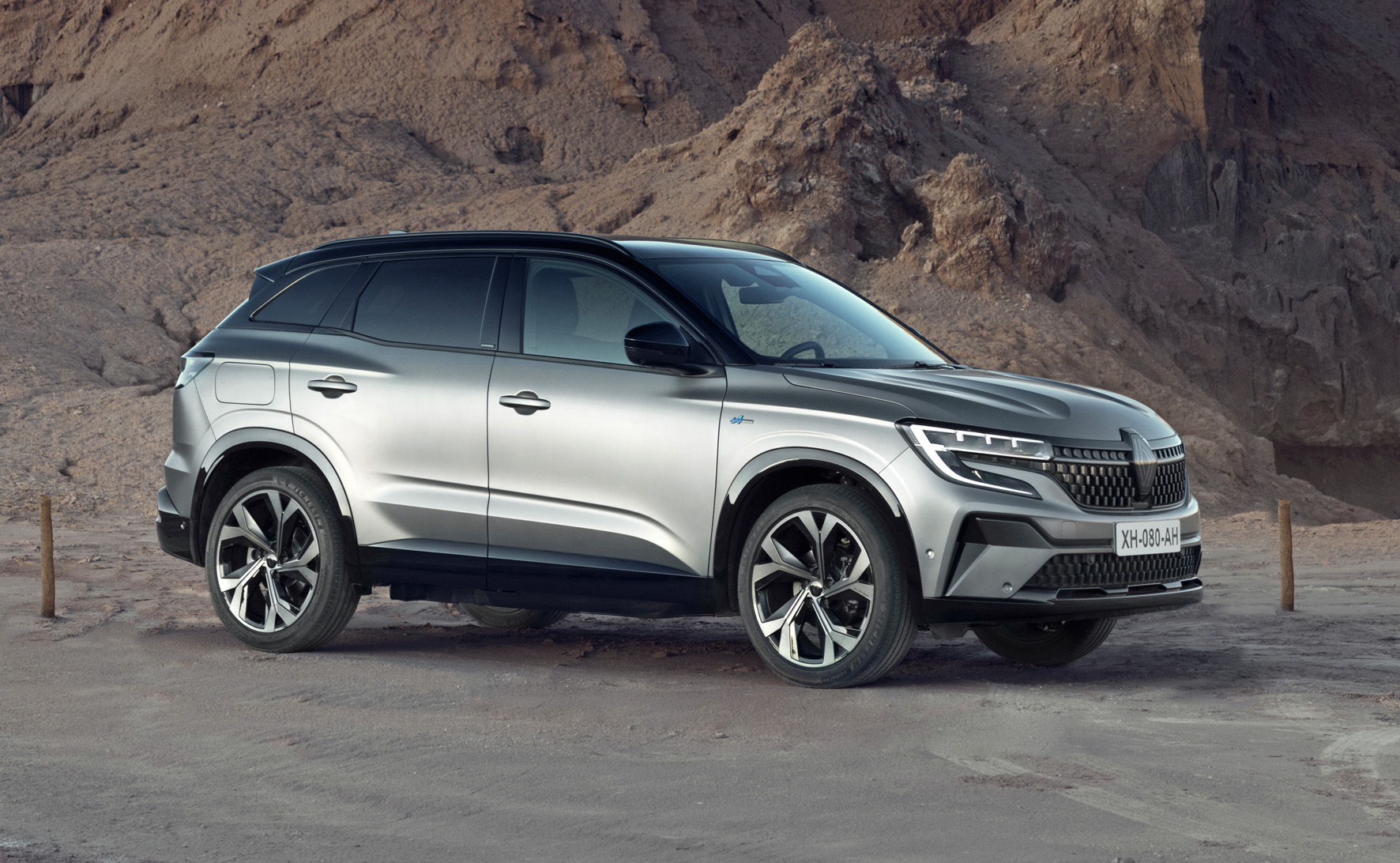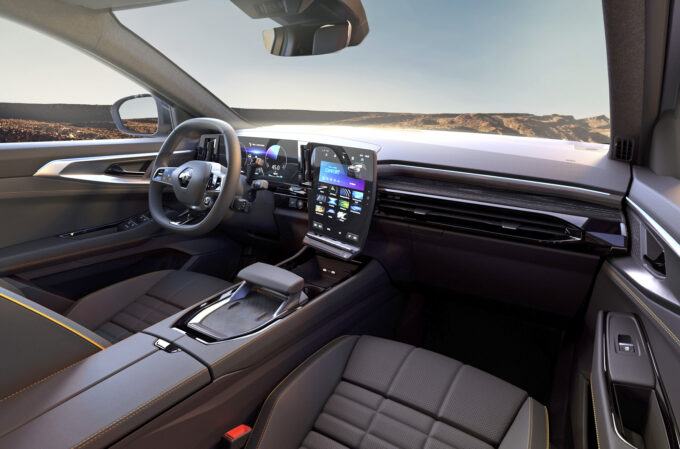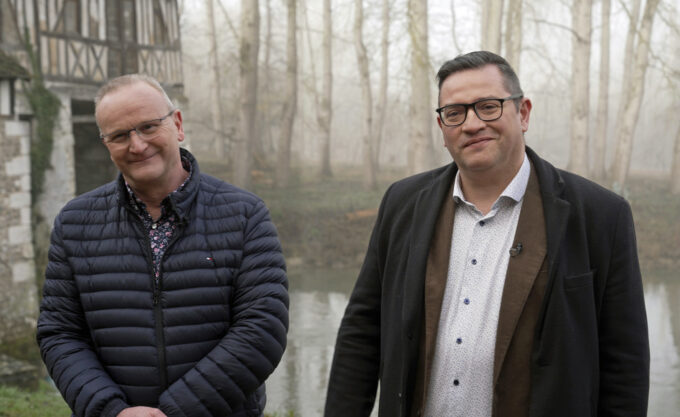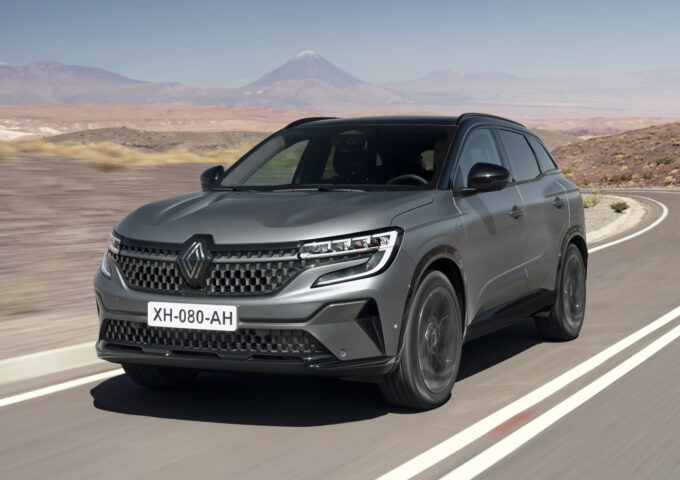Renault: Final touches for the Austral
BACKGROUND The new Renault Austral can already be seen on the road. However, Renault test drivers are still the only ones behind the wheel of the compact SUV, which is set to become an important C-segment model for the brand.
The dynamic tunings of the Austral are drawing to a close. Renault test drivers like Frédéric and Benjamin (center gallery) are at the wheel, making the final adjustments under real conditions.
Frédéric works in the Renault Group Product Department, an upstream department that in particular defines the target groups and performance objectives for each new vehicle.
Benjamin works in the engineering department, which is responsible for making technical decisions during the development of a vehicle.

Testers and teams in the role of customers
Benjamin and Frédéric are to take on the role of the customer when it comes to assessing the overall performance of the Austral.
Frédéric: "We have to be able to explain our impressions in all tested areas, but also to substantiate them. Road holding, suspension, steering, brakes or performance, to name just the most important features. "Benjamin steers the progress of the Austral's technical development. Together with his team, he is the guarantor of the technical solutions chosen.
Experience and comprehensive know-how
Benjamin and Frédéric are engineers. Their professional backgrounds allow them to express more than just a feeling when they write a test report. With their experience and extensive know-how, the two experts have built up a legitimacy that is essential for issuing opinions.
Frédéri: . "If the vehicle we are testing is not on the right track, we have the authority to issue a negative opinion. In other words, the project doesn't go to the next phase of its development, and the engineering teams have to rethink their work."
Testing over 18 months before market launch
The evaluation of a new vehicle starts about 18 months before market launch with the first drives in a so-called mulet.
This technology carrier consists of an assembly extrapolated from an existing vehicle but with a different substructure, organs and components. About twelve months before launch, the driving prototypes then adopt an architecture that is almost identical to the production model.












